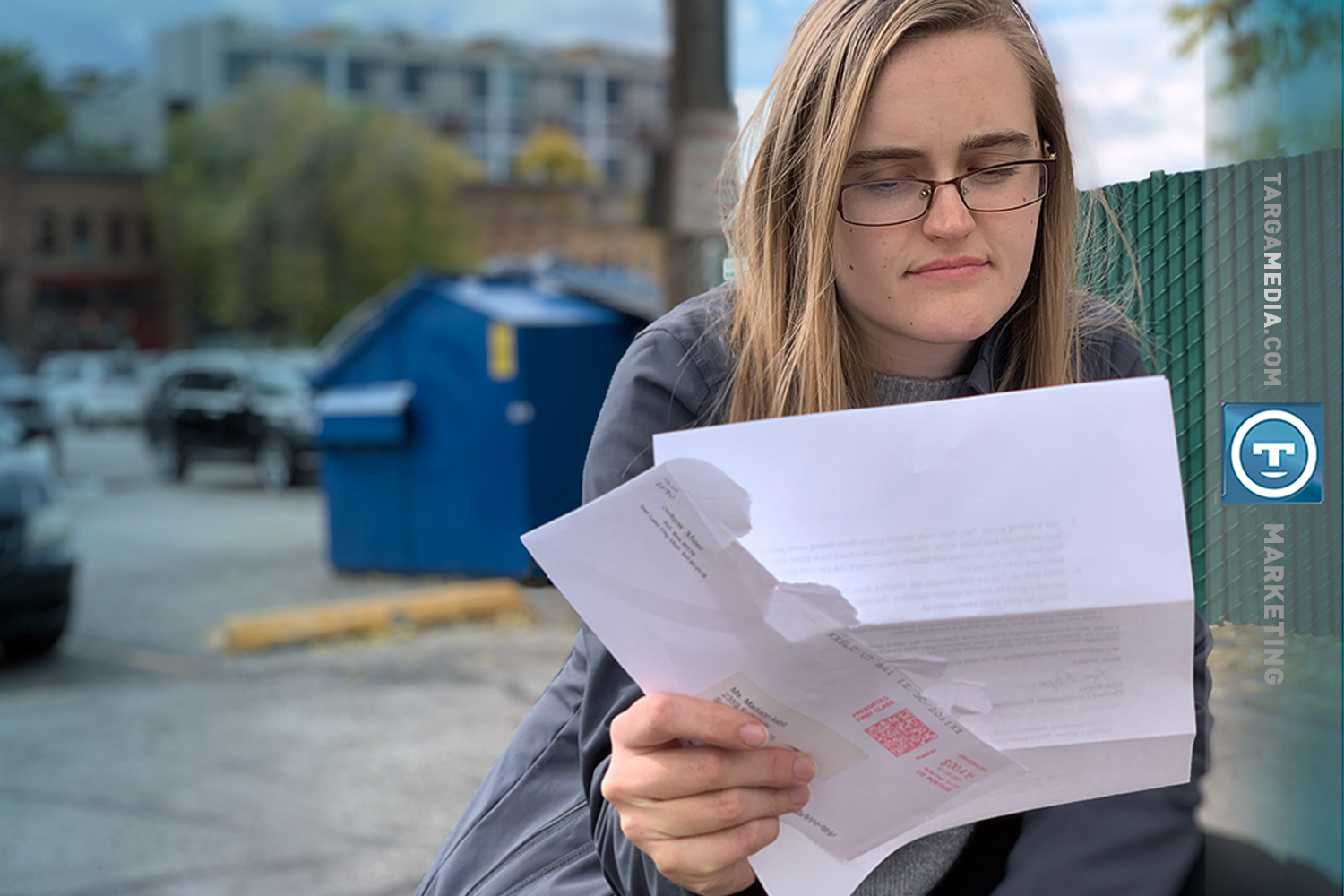

Maddie Gray
Content Lead
Embracing Writing Rejection
Rejection letters are discouraging. Especially when they pile up in your inbox and far out-number the acceptances. Does that mean you’re a bad writer? No. Does it mean you should stop writing? Absolutely not.
But still, rejection is scary.
In relationships. In loan applications. In job applications. In… well okay, pretty much any kind of application. Rejection is scary because you want something: those sweet seven digits (ten with the area code,) that salary, the money to start your cute little bakery on the corner.
The idea of someone saying no to what we want? And not just someone, but the one person in the whole world who can actually give it to us? Well, it freaks us out.
Why else would your heart threaten to self-destruct when you approach that handsome guy across the room? Why else would your words come out in the wrong order at that crucial moment in your proposal meeting? Your brain starts chanting in time with your heartbeat: don’t mess up, don’t mess up, don’t mess up, don’t mess up, don’t mess up.
Sometimes you mess up. And you get rejected. Sometimes you don’t mess up. And you still get rejected.
Sometimes you mess up. And you get rejected. (Turns out guys don’t like it when you say the same sentence over and over again in some sort of strange, anxiety-induced trance. Your car’s been impounded because you forgot to pay your bill? No loan for you!)
Sometimes you don’t mess up. And you still get rejected. (You nailed that interview. Who wouldn’t want to hire you? What? The other interviewee went to Harvard? The Harvard? Ouch.)
Rejection’s Many Forms
Let’s back up for a second. This article isn’t about rejection as a whole, it’s about writing rejection. So, what does rejection have to do with writing? Well, if you’re asking this question, I am going to assume one of three things:
You’re not a writer.
You’re new to the writing game, or you treat writing as a hobby.
You are the best writer in the history of the world and no one ever says no to you. Ever. Every word you’ve ever written was penned in gold and you roll in piles of royalty money and post the videos on Instagram. I also don’t like you (out of pure, bitter jealousy.)
Whether you’re a one, two, three, or you’re skimming through this because you know exactly what writing and rejection have in common—I have two words for you: rejection letters (they’re mostly emails now, but still.)
If you’re trying to get a poem, story, novel, or article into the world for public consumption, you have to send it to magazines, journals, agents, publishers, and the like. They decide whether or not they want your writing, and they send you one of three letters:
- An acceptance letter – you’re in! You’ve done it! You’re officially a published writer. Go buy yourself some candy to celebrate.
- A positive rejection letter – this is the “we’re sorry, we have determined you’re your story/poem/article/novel is not a good fit HOWEVER…” letter. These get into the nuts and bolts of why you were rejected, so you can make the necessary edits to your piece. Sometimes they even give you complimentary morsels to soften the blow or assure you that you nearly made the cut.
- A generic rejection letter – the cut-and-paste, carbon-copied, worst-case scenario. You didn’t make it. Thanks for submitting! Have a nice life.
Let’s Run the Numbers
In my time as a writer, I have received all three of these letters with way, way more generic rejection letters than anything else. Let’s see the totals, shall we?
Total Submissions: 108
Rejections: 106
Positive Rejections: 9
Acceptances: 2

That’s right, approximately 98% of my submissions have resulted in rejection letters. 92% of those rejection letters were generic, no-special-time-given rejections. From those numbers, I sound like a terrible writer. Maybe that’s even what some of you will take away from this: “Wow, why have I been wasting my time reading something written by an objectively terrible writer.”
Here’s the thing. In writing, especially creative writing, there’s no such thing as objective. J.K. Rowling was rejected by twelve different publishers before someone decided to give Harry Potter a chance, and that’s one of the most popular series of all time.
Writing is not a numbers game.
Rejection is Part of the Process
Rejection will always be a big part of writing. That isn’t a bad thing. That just means your intense, gory horror story won’t end up in a light-hearted magazine for pre-teens. Rejection makes sure that your writing will end up where it belongs. Sometimes rejection helps you realize that your story needs another round of edits.
Rejection is just another part of writing. Like editing, re-reading, proofreading. That process can be difficult.
It’s subjective. It’s frustrating. It’s discouraging.
But if you keep writing, keep submitting, keep getting up after a rejection letter addressed “Dear Writer,” knocks you down—
It’s satisfying. It’s invigorating. It’s the best thing in the world.
Jason’s Take
I wish I had begun to recognize the power of “humanizing” our stories as early in my career as Maddie has. As a marketer, the importance of vulnerability rings true. I realized over many years that I could buffer criticism by omitting that which was personal to me. I justified that my responsibility was bigger than weaving in my own story. I’ve since recognized this flaw, and am owning up to my convictions. When we weave our personal story into our marketing and brand message, we create the glue that our audience so much needs and deserves. Marketing messages and stories must be relatable; they must be human. That leap of faith takes courage, and practice.
